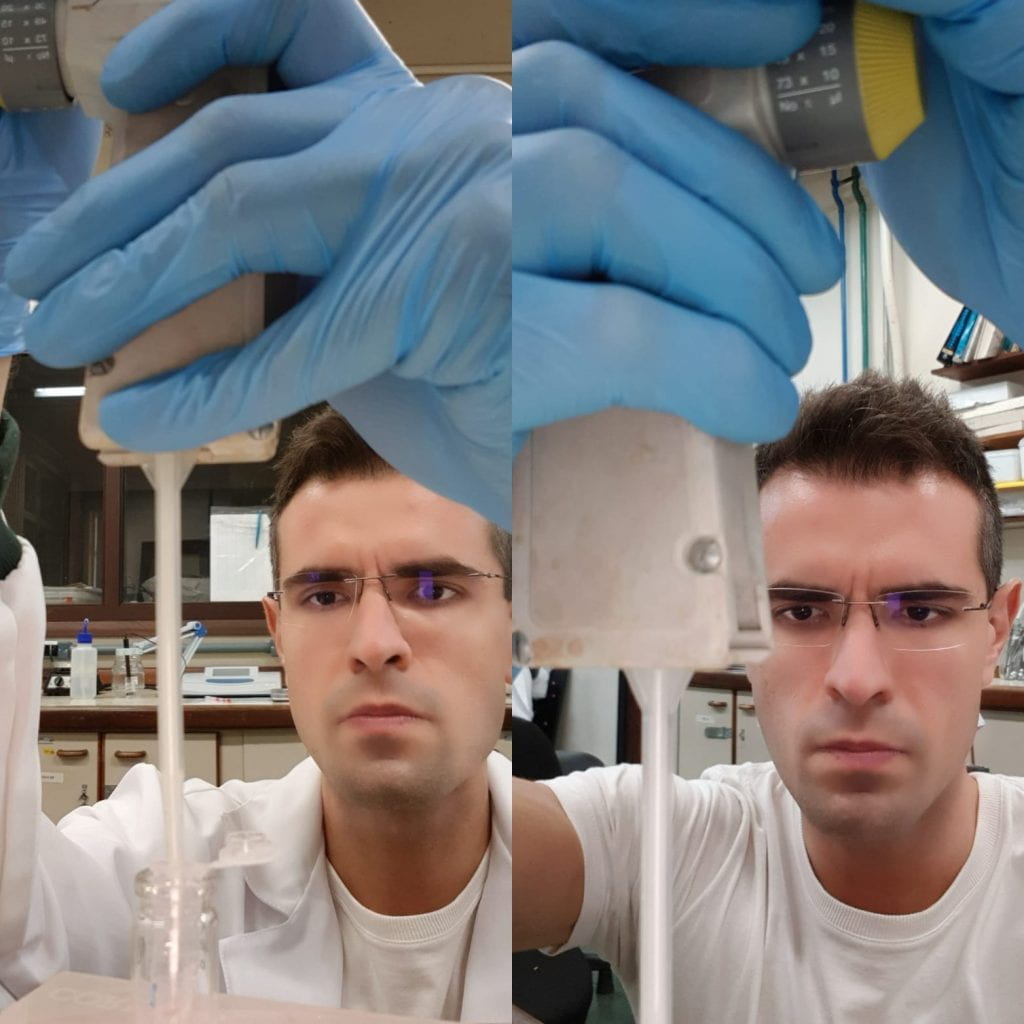About Nevton’s research:
The focus of my project is to develop strategies to prevent or rescue alterations caused by deficiency of cardiolipin (CL) in biological models. CL is an important mitochondrial lipid with unique physiochemical properties that set it apart from other phospholipids. Decreased CL and alterations in CL metabolism have been reported in several pathological conditions, such as AMP-activated protein kinase α2 deficiency, diabetes, and Barth syndrome (BTHS). BTHS patients harbor mutations in the tafazzin (TAZ) gene, which encodes a transacylase that catalyzes the last step in the CL remodeling pathway. This genetic alteration results in decreased production of CL and accumulation of Monolyso-CL (MLCL). BTHS patients present with a wide spectrum of clinical features, including severe cardiac and skeletal muscle deficiencies which can lead to heart failure and exercise intolerance, respectively.


FNDC5 is a molecule expressed in some human tissues such as the brain and cardioskeletal muscle. In 2012 it was shown that this molecule gets processed into a small peptide named Irisin, which has been shown to facilitate several biological functions, including increasing the oxidation of glucose and fatty acids, improving muscle cell function, and regulating phospholipid metabolism. CL-deficient cells have decreased expression of FNDC5, suggesting that this molecule may be relevant to BTHS pathophysiology. Accordingly, one of my goals is to test the potential of targeting FNDC5 as a novel therapeutic target for treating BTHS patients.
BTHS patients also present with alterations in amino acid metabolism, which may contribute to muscle deficiencies. BTHS models exhibit decreased production of acetyl-CoA, a primary source of carbon used to fuel the TCA cycle and thereby drive production of NADH and FADH, vital cofactors utilized by the electron transport chain to facilitate ATP synthesis. Acetyl-CoA can be synthesized from glucose, fatty acids, and amino acids. Data from our lab indicates that oxidation of both glucose and fatty acids is impaired in TAZ-deficient cells, suggesting that these cells must rely more heavily on the breakdown of proteins/amino acids to produce acetyl-CoA (and potentially explaining why acetyl-CoA levels are reduced relative to wild-type cells). In light of this information, I am working on understanding the exact mechanism underlying increased protein/amino acid breakdown in TAZ-deficient cells, with the goal of identifying routes for therapeutic/dietary intervention to offset the deleterious effects of this process.
More about Nevton:
I am from Brazil where I previously studied inborn errors of metabolism, including Barth syndrome. Because of my background in kinesiology, I am very interested in metabolic diseases associated with cardioskeletal muscle alteration. Out of the lab, I like to watch movies, TV series, go to the cinema, listen to and play rock and roll, go to parks to hang out with friends, workout at the gym, go hiking, eat delicious foods, explore new places, and enjoy the company of my wife and friends. My view on life is that we do not wake up to be mediocre; we wake up to be better than yesterday and to help the people around us.





